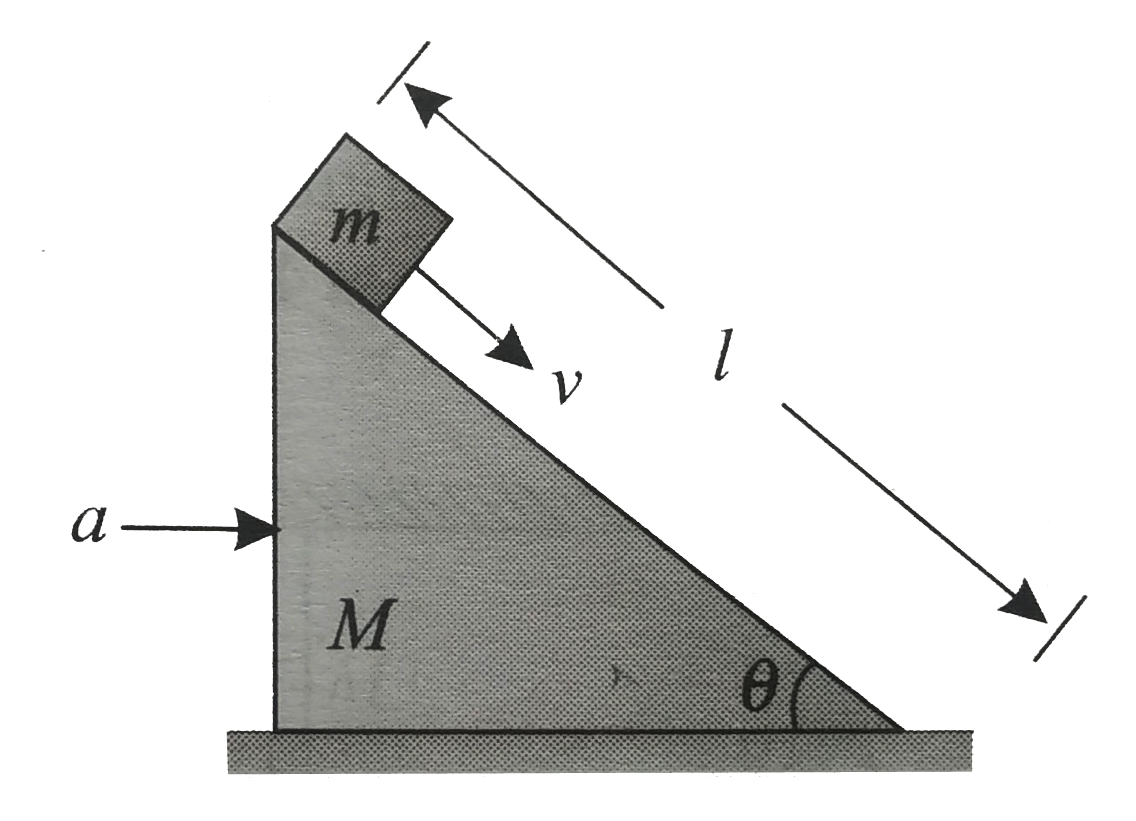A body is projected up with a speed u and the time taken by it is T to reach the maximum height H. Pich out the correct statement
it reaches H2 in T2 sec
It acquires velocity u2 in (T)/(2) sec
Its velocity is u2 at H2
same velocity at 2T
The correct Answer is:B
To solve the problem, we need to analyze the motion of a body projected upwards with an initial speed u under the influence of gravity. The time taken to reach the maximum height is given as T.
1. Understanding the Motion:
- When a body is projected upwards, it moves against the gravitational force until it reaches its maximum height H. At this point, its velocity becomes zero.
2. Using the Equations of Motion:
- We can use the following equations of motion:
1. s=ut+12at2
2. v−u=at
3. v2−u2=2as
Here, s is the displacement, u is the initial velocity, v is the final velocity, a is the acceleration (which is −g for upward motion), and t is the time.
3. Finding the Maximum Height H:
- At maximum height, the final velocity v=0.
- Using the second equation:
0−u=−gT⟹u=gT
- Now, substituting u into the first equation to find H:
H=uT−12gT2=gT⋅T−12gT2=gT2−12gT2=12gT2
4. Analyzing the Options:
- Option 1: "It reaches H/2 in time T/2".
- Using the first equation for T/2:
s=u⋅T2−12g(T2)2=gT⋅T2−12gT24=gT22−gT28=4gT2−gT28=3gT28
- Since H/2=14gT2, this option is incorrect.
- Option 2: "It acquires velocity u/2 in T/2 seconds".
- Using the second equation:
v=u−gT2=gT−gT2=gT2=u2
- This option is correct.
- Option 3: "Its velocity is u/2 at H/2".
- Using the third equation:
v2=u2−2g(H2)=(gT)2−2g(12gT2)=g2T2−g2T2=0
- This option is incorrect.
- Option 4: "The same velocity at 2T".
- The velocity will be equal in magnitude but opposite in direction when it returns to the starting point. Thus, this option is incorrect.
Conclusion:
The correct statement is Option 2: "It acquires velocity u/2 in T/2 seconds".
- When a body is projected upwards, it moves against the gravitational force until it reaches its maximum height H. At this point, its velocity becomes zero.
- We can use the following equations of motion:
1. s=ut+12at2
2. v−u=at
3. v2−u2=2as
- At maximum height, the final velocity v=0.
- Using the second equation:
0−u=−gT⟹u=gT
- Now, substituting u into the first equation to find H:
H=uT−12gT2=gT⋅T−12gT2=gT2−12gT2=12gT2
- Option 1: "It reaches H/2 in time T/2".
- Using the first equation for T/2:
s=u⋅T2−12g(T2)2=gT⋅T2−12gT24=gT22−gT28=4gT2−gT28=3gT28
- Since H/2=14gT2, this option is incorrect.
- Using the second equation:
v=u−gT2=gT−gT2=gT2=u2
- This option is correct.
- Using the third equation:
v2=u2−2g(H2)=(gT)2−2g(12gT2)=g2T2−g2T2=0
- This option is incorrect.
- The velocity will be equal in magnitude but opposite in direction when it returns to the starting point. Thus, this option is incorrect.
The correct statement is Option 2: "It acquires velocity u/2 in T/2 seconds".
Similar Questions
A body is projected with a speed (u) at an angle to the horizontal to have maximum range. What is its velocity at the highest point ?
View SolutionA ball is projected vertically upward with speed of 50 m/s. Find a. the maximum height, b. the time to reach the maximum height, c. the speed at half the maximum height. Take g=10ms2.
View Solution
Knowledge Check
- Question 1 - Select One or More
A body when projected up with an initial velocity u goes to a maximum height h in time t and then comes back at the point of projection. The correct statement is :
Athe average velocity is 2h/tBthe acceleration is zeroCthe final velocity on reaching the point of projection is 2u.Dthe displacement is zero.
A particle is projected from ground with speed u and at an angle θ with horizontal. If at maximum height from ground, the speed of particle is 1/2 times of its initial velocity of projection, then find its maximum height attained.
View SolutionA ball is projected vertically upward with a speed of 50m/s. Find (a) the maximum height, (b) the time to reach the maximum height, (c) the speed at half the maximum height. Take g=10ms2.
View Solution
A smooth wedge of mass M is pushed with an acceleration a=>anθ and a block of mass m is projected down the slant with a velocity v relative to the wedge.
The horizontal force applied on the wedge is:View SolutionTwo stones are projected with the same speed but making different angles with the horizontal. Their horizontal ranges are equal. The angle of projection of one is π3 and the maximum height reached by it is 102 m. Then the maximum height reached by the other in metres is
View SolutionTwo stones are projected with the same speed but making different angles with the horizontal. Their horizontal ranges are equal. The angle of projection of one is π3 and the maximum height reached by it is 102 m. Then the maximum height reached by the other in metres is
View SolutionA ball is projected in a manner such that its horizontal gange is n times of the maximum height. Then find out the ratio of potential energy to kinetic energy at maximum height.
View SolutionSTATEMENT-1: A body is projected from the ground with a velocity v at an angle with the horizontal direction, it reaches a maximum height (H) and reaches the ground after a time T = 2u sin θ/g
STATEMENT-2: The vertical and horizontal motions can be treated independentlyView Solution

